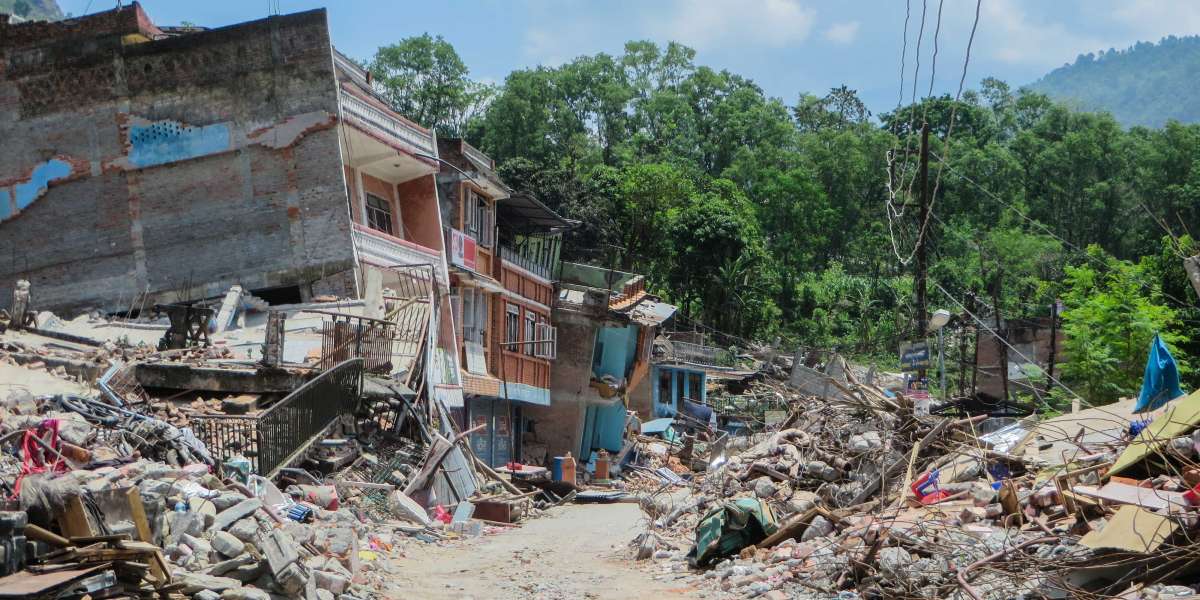Natural disasters have been occurring for centuries, and they can have devastating effects on the environment. The environment is a complex system of living and non-living things, and natural disasters can disrupt the delicate balance of this system. From hurricanes and tornadoes to earthquakes and wildfires, natural disasters can cause massive destruction to the environment, resulting in long-lasting effects.
One of the most obvious effects of natural disasters on the environment is the loss of natural habitats. Wildfires, for example, can destroy entire forests, leaving animals with no place to live. Hurricanes and tsunamis can also wipe out entire ecosystems, leaving plants and animals displaced and struggling to survive.
Another effect of natural disasters is the destruction of land and soil erosion. Floods and landslides can wash away soil, nutrients, and organic matter, leaving behind barren land that can no longer support vegetation. This can result in a domino effect, where the loss of vegetation leads to the loss of habitat for animals and reduces the ability of the land to absorb water, leading to further flooding and erosion.
In addition to land destruction, natural disasters can also have a significant impact on water resources. Floods and hurricanes can contaminate water sources, making them unsafe for consumption by both humans and animals. This can lead to a shortage of safe drinking water and affect agriculture, as crops rely on water to grow.
Air pollution is another effect of natural disasters. Forest fires and volcanic eruptions can release large amounts of smoke and ash into the air, causing respiratory problems for people and animals. This can also have a negative impact on the environment, as it can damage crops and vegetation, and contribute to climate change.
Climate change itself is also a natural disaster that can have significant and long-lasting effects on the environment. Rising sea levels, increased temperatures, and extreme weather events can all have a negative impact on ecosystems, leading to loss of biodiversity and a reduction in the availability of resources. Climate change can also exacerbate the effects of other natural disasters, such as wildfires and droughts.
Natural disasters can also have a significant impact on human infrastructure. Earthquakes and hurricanes can damage buildings and roads, making them unsafe for use. This can have long-lasting economic effects, as businesses and communities struggle to rebuild and recover from the disaster. Additionally, the loss of infrastructure can lead to a loss of access to basic services, such as healthcare and education, which can have a long-term impact on the well-being of affected communities.
It is worth noting that the effects of natural disasters are not evenly distributed. Developing countries are often hit the hardest by natural disasters, as they may lack the resources and infrastructure to prepare for and respond to these events. Additionally, marginalized communities may be disproportionately affected by natural disasters, as they are more likely to live in areas that are vulnerable to these events and have limited access to resources to prepare and recover.
In conclusion, natural disasters can have significant and long-lasting effects on the environment, as well as on human infrastructure and communities. From the loss of natural habitats and resources to the destruction of infrastructure and the exacerbation of climate change, the effects of natural disasters can be far-reaching and difficult to fully recover from. As such, it is important to take steps to mitigate the impact of these events, both by preparing for them ahead of time and by investing in sustainable infrastructure and resource management practices.








